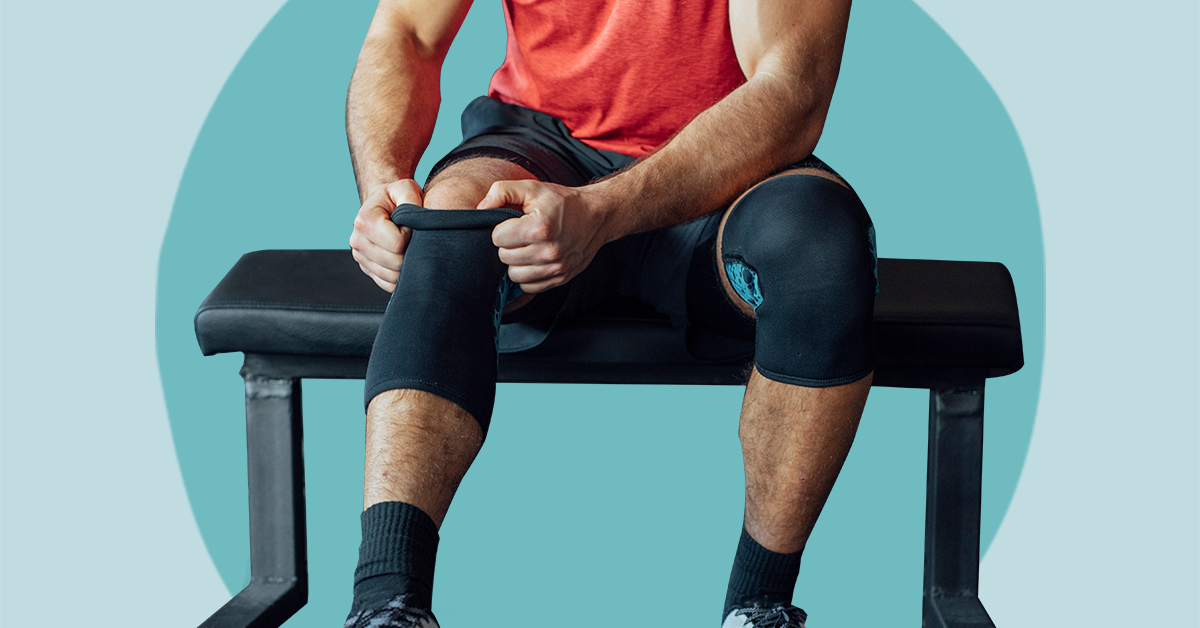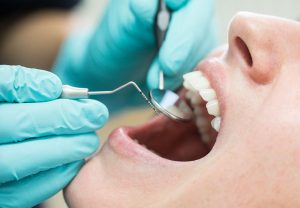
Wearing a knee brace can help with rehabilitation and prevent additional injuries. Patellofemoral pain syndrome, sometimes known as runner’s knee, affects a large number of people. It is possible to get relief from this frequent ailment in several methods.
The front of the knee is affected by patellofemoral pain syndrome, which causes discomfort to radiate down the leg. Overuse of the knee or running on hard surfaces such as pavement or concrete are the most common causes for runners to get this injury. Kneecap cartilage is damaged as a result of the pounding. Athletes, youngsters, and even manual laborers have been known to be affected by the debilitating condition.
Patellofemoral pain syndrome can also be caused by obesity or a knee injury that causes it to be out of alignment. The cartilage in your knee might be damaged by just ramming it against a desk. It’s not going to go away by itself. To fix the issue, you’ll likely require physical therapy, stretches, and surgery.
If you’ve had knee discomfort for more than a week and it hasn’t subsided, make an appointment with your doctor. You’ll recover more quickly if you find out what’s wrong as soon as possible. Anything’s not a good idea to let it go to appear tough. Leg and knee stretches are required. When you’re in pain, it’s preferable not to exercise. If you do that, you’ll make things worse. It is possible to resume strength training after the edema has subsided.

Cold packs on the top of the knee for ten minutes followed by five minutes of heat therapy will help. Do this in spurts throughout the day to keep your muscles from getting too used to it. It aids in the reduction of edema and the infusion of fresh blood into the affected area. Inflammation slows the flow of blood, preventing the wounded area from healing and keeping it inflamed. Some people find that wearing a knee brace is necessary after having knee surgery. The total stability of your knee can be improved with knee braces, which can be pretty beneficial. Click here https://www.thermoskin.com/ to get more information.
Most knee problems are not severe enough to warrant surgery unless anything else is going on beneath the kneecap. A chronic injury can develop if you do not take steps to prevent further injury to your knee. Before engaging in any physical activity, warm up by performing stretches like hamstring stretches. Put your heel on a chair, bench, or step and lean forward until you feel a stretch in the back of your thigh as far as feasible. Maintain a foot pointing in the direction of your body.
Straight leg raises are another option. Lean back on your hands and knees and raise your leg until it is level with your chin. Maintain a modest flexion of the knee. Prepare your body for physical exercise by performing 10 to 15 reps ten times in a row.
Of course, completing these and other exercises before engaging in any activity is the most excellent way to avoid injury to the knee. A physician should check out patellofemoral pain syndrome to ensure there isn’t anything else wrong with your knee.




